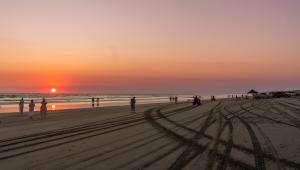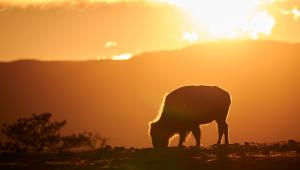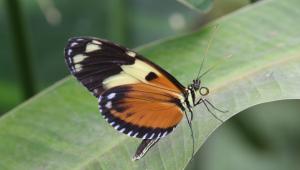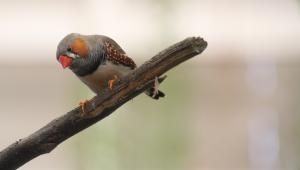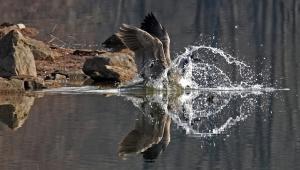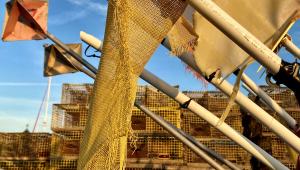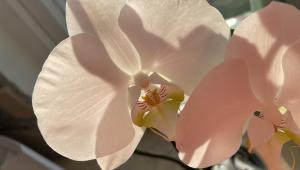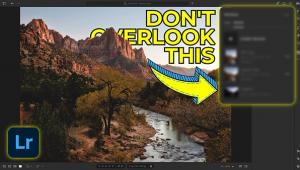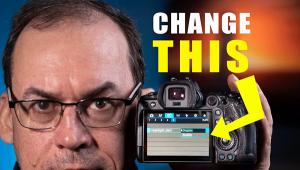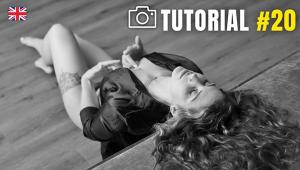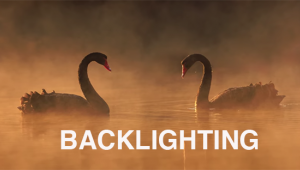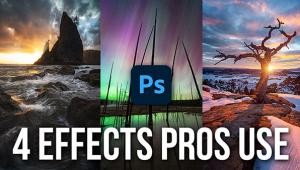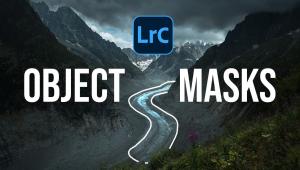Lighting is an essential factor in photography. It defines all digital imaging works. - Dennis Wong YOR Health
Add A Little Light; Flash Tips For Digital Photographers Page 2
Night Flash Mode
Also called Slow Sync mode, this option is recommended for use with a nearby
subject against a distant, moderately bright background at night. The most common
example is a group of people sitting not far from the camera, against the background
of city lights. When you select Night Flash mode, the camera sets a slow shutter
speed, such as 1/15 sec, and fires the flash as well. The flash illuminates
the nearby subject, and the long exposure time ensures that a moderately bright
background has enough time to register on the image sensor. To avoid blurring
caused by camera shake, use a tripod--or brace the camera or your elbows
on something solid--during the long exposure.
If you can find a situation where this Flash mode is appropriate, you can produce
pleasing images. For some unconventional images, try using this option while
intentionally moving a handheld camera during the long exposure. Sometimes called
"pan/blur," this technique produces an image with some sharp elements
(frozen by the brief burst of flash light) and some blurred elements; photos
of this type can be visually appealing. Shoot a lot of frames because many of
the photos are unlikely to be successful; with some experience, you can increase
your success ratio.
 |
 |
|
|
||
Flash Always On Mode
Flash is not intended only for low-light situations. In fact, an extra burst
of light is often useful in bright, outdoor conditions for filling in dark shadows.
For example, flash can be useful for filling in shadows cast by the brim of
a hat on a person's face; it can also brighten dark eye sockets caused
by "top lighting" during the hours around noon on a sunny day. Finally,
on dark overcast days, flash can help produce bright and clean colors instead
of gray and muddy tones with any subject type.
To force the flash to fire in bright situations, select the camera's Flash
Always On mode. Make sure that your subject is within the range of the flash,
roughly 2-15 ft outdoors, with a built-in flash unit at an ISO 100 setting.
Be sure to select this Flash mode especially when your subjects are framed against
bright sky, sand, or water. The extra light will even out the overall contrast
by illuminating the subject so it's not significantly darker than the
background. Use flash outdoors regularly for people, pets, flowers and other
nearby subjects, and you'll make images with more pleasing lighting and
fewer technical problems.
Flash Intensity Adjustment
An increasing number of cameras include a feature for varying the intensity
of flash, often called flash exposure compensation, or flash power, intensity
or output adjustment control. This feature is particularly useful for reducing
flash intensity, for a gentler burst of light that fills (brightens) shadows
but does not overpower the sunlight. Experiment in outdoor photography with
a -0.5 and a -1 setting; you'll soon know which works best with your own
camera. For subjects that are less than two ft from the camera, try even greater
minus settings to reduce flash intensity to prevent excessive brightness.
A plus setting for flash intensity adjustment can be useful for subjects against
an extremely bright background. In such situations, the standard "Flash
Always On" mode may not produce enough light and the subject may not be
adequately bright. If that problem occurs with your camera, take the shot again
with a +1 flash exposure setting.
 |
|
|
Tip: Also try the following advanced technique with people
against a bright background of sand, surf, or sky. Set the camera's conventional
exposure compensation control (for ambient light) to -0.5 so the background
will not be excessively bright. Then set the flash intensity control to +0.5
or +1 to ensure that the subject will be brightly rendered. Experiment with
various settings to achieve the effect that works best.
Setting and resetting the flash intensity control can be a hassle and you may
decide not to bother using this feature. In that case, you may need to spend
extra time with your images, manipulating them in image-editing software, toning
down an overly bright area caused by excessive flash output. In other images,
you may need to work on brightening the subject. Frankly, controlling flash
intensity in camera is a lot less complicated and in the long run, less time
consuming; it also produces more pleasing and natural effects than image manipulation.
Flash Off Mode
In some low-light environments, flash is prohibited, as in some museums, castles,
and art galleries. In other situations, flash is simply not practical: when
your subject is very far from the camera or when you want to record the interior
of a vast building. In such situations, select the "Flash Off" mode,
and shoot with ambient light only. Brace the camera or your elbows on something
solid to prevent making blurry pictures in low light. Also select the camera's
ISO 400 setting to prevent excessively long exposures that will emphasize even
slight camera movement or any subject motion.
Tip: Resist the temptation to use flash for distant subjects
during indoor sports events and wedding ceremonies, for example, even when everyone
else is doing so. Your pictures should be much better because they'll
be properly exposed instead of dark and murky.
Final Recommendation
All of this sounds a lot more complicated than it really is when using one of
today's intelligently designed cameras that offer great ease of use. Read
your owner's manual for information on finding the Flash mode selection
control and for any tips provided by the manufacturer. While shooting, try each
of the Flash modes to determine the exact effects that your own camera will
produce in various conditions. In a few days, you'll know exactly when
each option will be most useful and when you should adjust flash intensity and
to what extent. Once you develop a bit of expertise with flash you'll
increase your success ratio of technically and aesthetically excellent images.
- Log in or register to post comments


